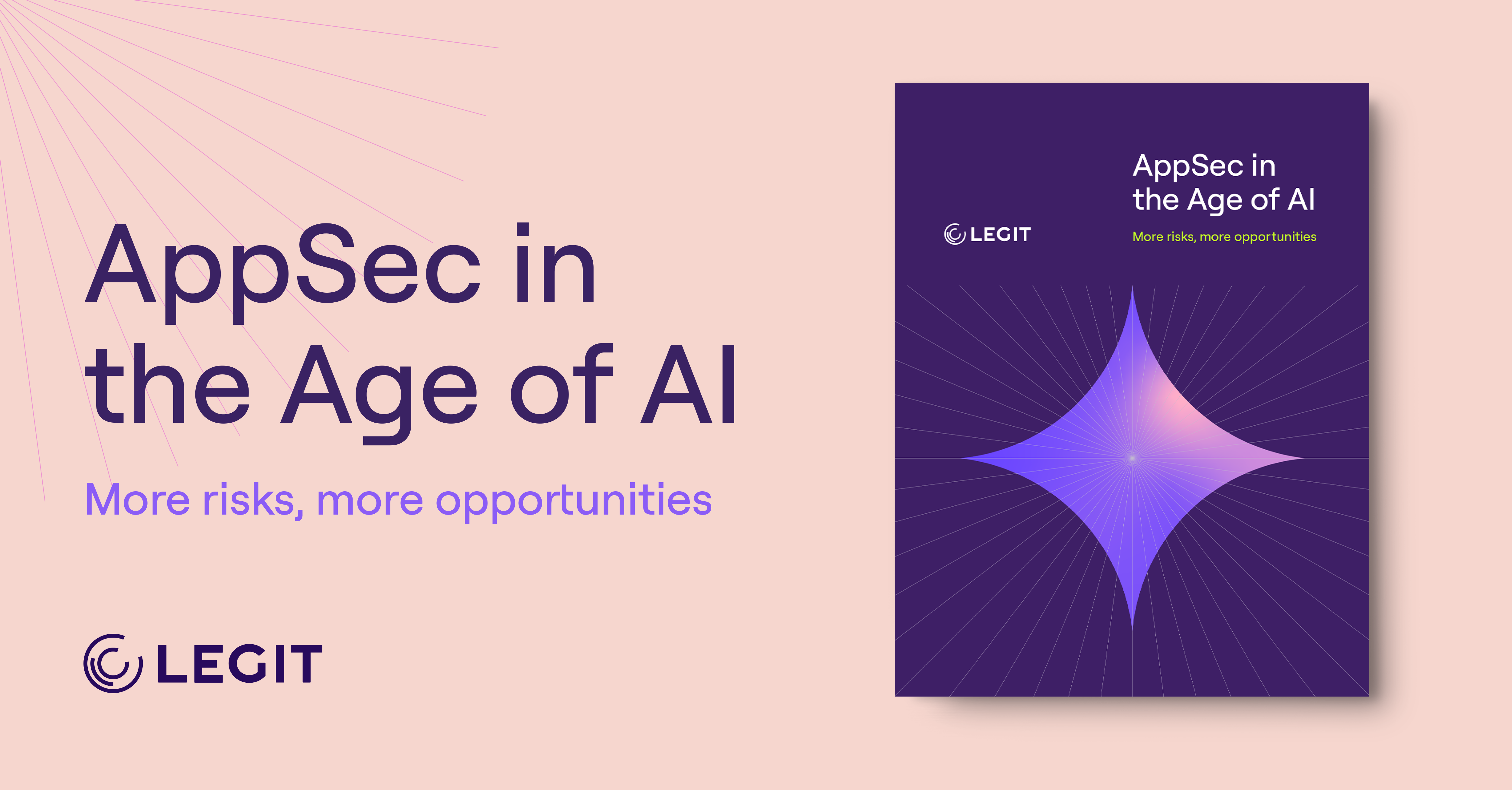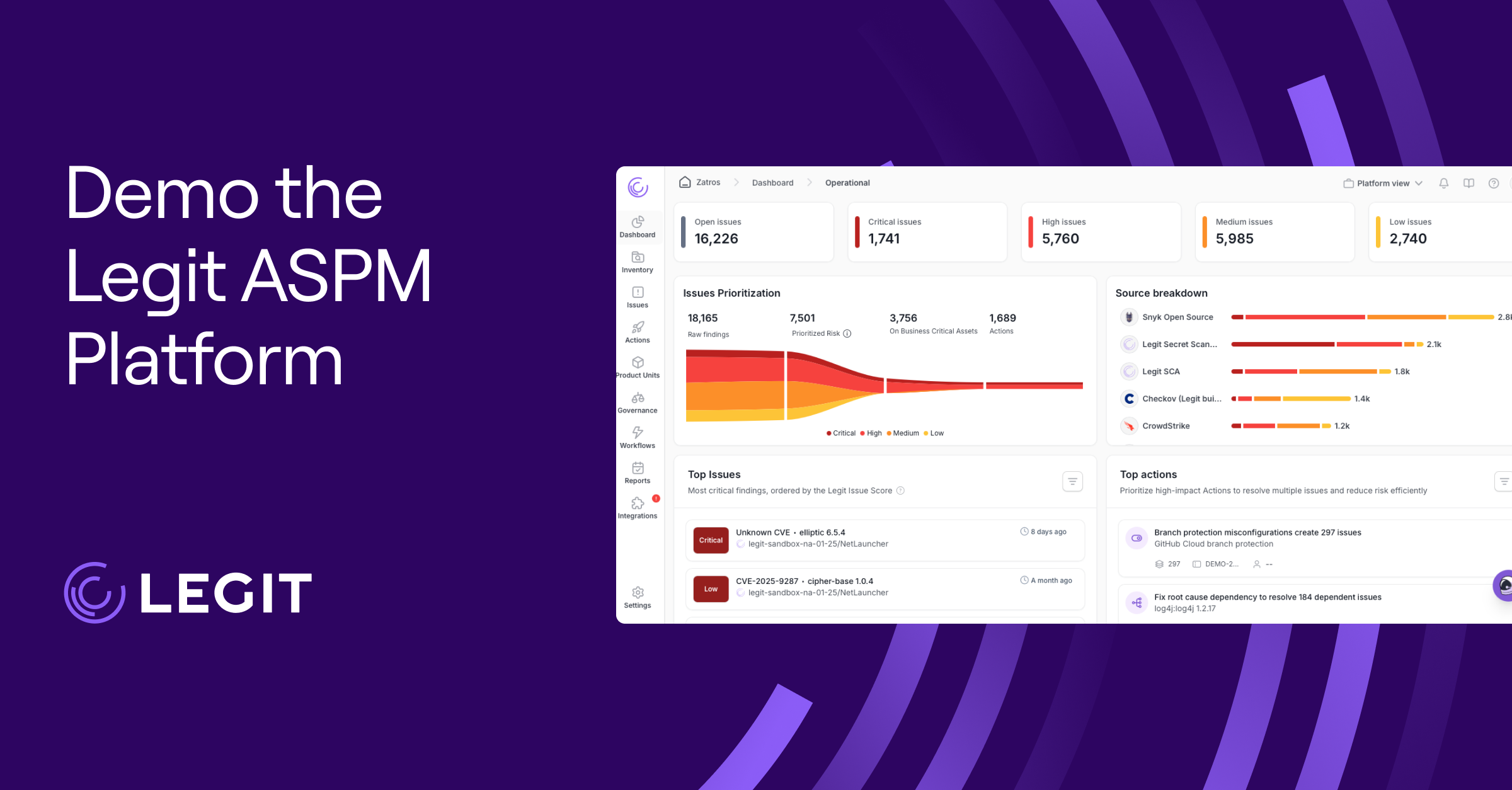Generative AI is embedded into modern cybersecurity. It’s speeding up threat detection and automating tasks that used to take hours of work—which is why security teams are using it to generate reports, identify risks, and respond to incidents with greater speed and accuracy.
But there’s a flipside. Attackers use the same tools defenders rely on, crafting convincing phishing emails or generating malicious code faster than ever. GenAI has expanded the attack surface, and the line between helpful automation and exploitable toolset is getting harder to see.
Here’s how generative AI can be used in cybersecurity to help teams stay ahead of emerging threats.
How Has Generative AI Affected Cybersecurity?
Generative AI in cybersecurity has already transformed how teams detect and respond to threats. By analyzing large volumes of data in real-time, GenAI helps security systems such as security information and event management (SIEM), security orchestration, automation, and response (SOAR), and application security posture management (ASPM) platforms surface anomalies and adapt faster than traditional tools.
As AI models improve, their ability to simulate threats and spot patterns gives defenders a significant edge in understanding what's happening across cloud services, code pipelines, and third-party systems. Some of today’s top AI-powered cybersecurity tools already reflect this shift, offering automation and insight that weren’t possible even a few years ago.
At the same time, generative AI for cybersecurity introduces new risks. Attackers can exploit the same tools that streamline defense workflows to manipulate detection models through prompt injection and data poisoning. These threats emphasize the growing need to manage AI risk in software development and build safeguards around code generated by large language models (LLMs).
As security teams adopt GenAI, they have to understand where it’s being used and what controls are in place to secure it. Without this context, organizations risk being blindsided by the very tools meant to protect them. But organizations that use AI and automation extensively throughout their security operations have seen major benefits—$1.9 million in savings per breach and an average of 80 fewer days to contain an incident, according to IBM’s 2025 cost of a Data Breach report.
How Does Generative AI Help Detect and Prevent Phishing and Other Attacks?
When it comes to defending against modern cyberthreats, generative AI and cybersecurity are quickly becoming inseparable. Here are four ways GenAI tools change how teams identify and neutralize attacks in real time:
1. Enhances Threat Detection and Response
Generative AI gives security teams a faster, more adaptive way to spot threats in real time. Instead of relying solely on signatures or static rules, GenAI can surface subtle anomalies—like unusual login patterns, out-of-sequence pipeline activity, or signs of lateral movement—that non-AI tools might miss. It strengthens SIEMs and endpoint detection tools by identifying the types of shifts that often signal a phishing attempt or malware. And with the ability to simulate synthetic attack data, GenAI also improves model accuracy over time.
2. Streamlines Vulnerability Assessment
With thousands of common vulnerabilities and exposures (CVEs) emerging each year, figuring out which vulnerabilities are the most important to mitigate can be overwhelming. GenAI changes that by prioritizing issues based on exploitability and business impact.
GenAI analyzes large datasets and behavioral patterns to identify which risks attackers are most likely to exploit—not just the ones with the highest score. It also supports user and entity behavior analytics (UEBA), which flags anomalies that indicate zero-day attacks or abuse of trusted accounts.
3. Automates Phishing Detection and Prevention
GenAI is uniquely equipped to catch phishing attempts before they land. It can analyze everything from sender behavior to message tone to domain structure and flags common and highly targeted attacks without predefined rules. And because it learns new tactics, it can adapt to changing techniques used in business email compromise or credential harvesting. Some systems even use GenAI to auto-generate real-time responses or block malicious links before the users engage.
4. Reduces Security Operations Center (SOC) Analyst Workload
Triage is one of the biggest bottlenecks in modern security operations. GenAI eases that load by summarizing alerts, recommending next steps, and even drafting incident reports automatically. Instead of wading through tickets manually, Tier 1 analysts can review high-quality context and act faster. GenAI tools also support shift handovers and correlation of seemingly unrelated alerts.
How Can Generative AI Be Used in Cybersecurity?
When it comes to GenAI cybersecurity, there’s a growing list of ways teams are already putting it to work. Here are a few use cases:
1. Streamline Report Writing
Instead of writing everything from scratch, analysts can use GenAI to summarize incidents, generate reports, and even produce compliance-ready documentation. This lightens the load for teams while streamlining communication across stakeholders.
2. Mask Data and Preserves Privacy
GenAI can create synthetic datasets that mimic real-world patterns—without exposing sensitive or regulated information. This allows developers and data scientists to train, test, and refine AI models without putting actual user data on the line. It’s a win for privacy and performance.
3. Improve Case Management and Decision-Making
Some GenAI tools go beyond task automation and actually guide analyst decisions. By drawing on case history and cybersecurity frameworks, they can suggest remediation steps and highlight recurring issues, giving teams a more innovative way to triage and prioritize incidents.
4. Automate Security Policy Generation
Some GenAI tools generate context-aware security policies by analyzing your environment and known threats. Instead of writing static policies from scratch, security teams can use these tools to generate, customize, and enforce policies that evolve alongside the business and its risks.
Best Practices for GenAI in Cybersecurity
GenAI can speed up workflows and surface threats faster, but only if it’s implemented thoughtfully. To avoid introducing new risks, teams need clear policies, updated training, and the right controls in place from the start.
Here’s how to put that into practice:
- Test and monitor models continuously: Before deploying a GenAI model, test it for reliability and resistance to adversarial inputs. Ongoing monitoring can catch model drift, bias, or unintended behavior. This is especially important in light of emerging Generative AI security risks and LLM threats that can undermine detection and control.
- Update employee training and policies: Regular training makes sure security teams and developers know how GenAI is used across the business and how to respond if something goes wrong. This includes reinforcing application-layer safeguards in environments already using LLMs for development or automation through GenAI-based application security practices.
- Control access and protect sensitive data: Limit who can access generative AI tools and the data they use. Use encryption, role-based access control, and anonymization techniques to prevent leakage of sensitive or regulated information. This applies to both the training datasets and prompts used in production.
- Use AI to support, not replace, human oversight: GenAI is great at automating repetitive tasks, but decisions about incident response and security policy should still involve a human. The best results come when AI enhances judgment—not replaces it.
Use Generative AI in Your Favor With Legit Security
Legit Security’s AI-native ASPM platform helps you take full advantage of GenAI—without losing visibility or control. It detects insecure AI-generated code, enforces policies for GenAI usage across the SDLC, and secures machine learning pipelines from tampering or misuse.
Through deep code-to-cloud context and intelligent automation, Legit helps make sure AI-enhanced development aligns with security best practices. Legit’s AI-powered security via the Model Context Protocol (MCP)—brings enforcement directly into developer tools, CI/CD pipelines, and GenAI-assisted workflows.
Request a demo to learn more.
Download our new whitepaper.


